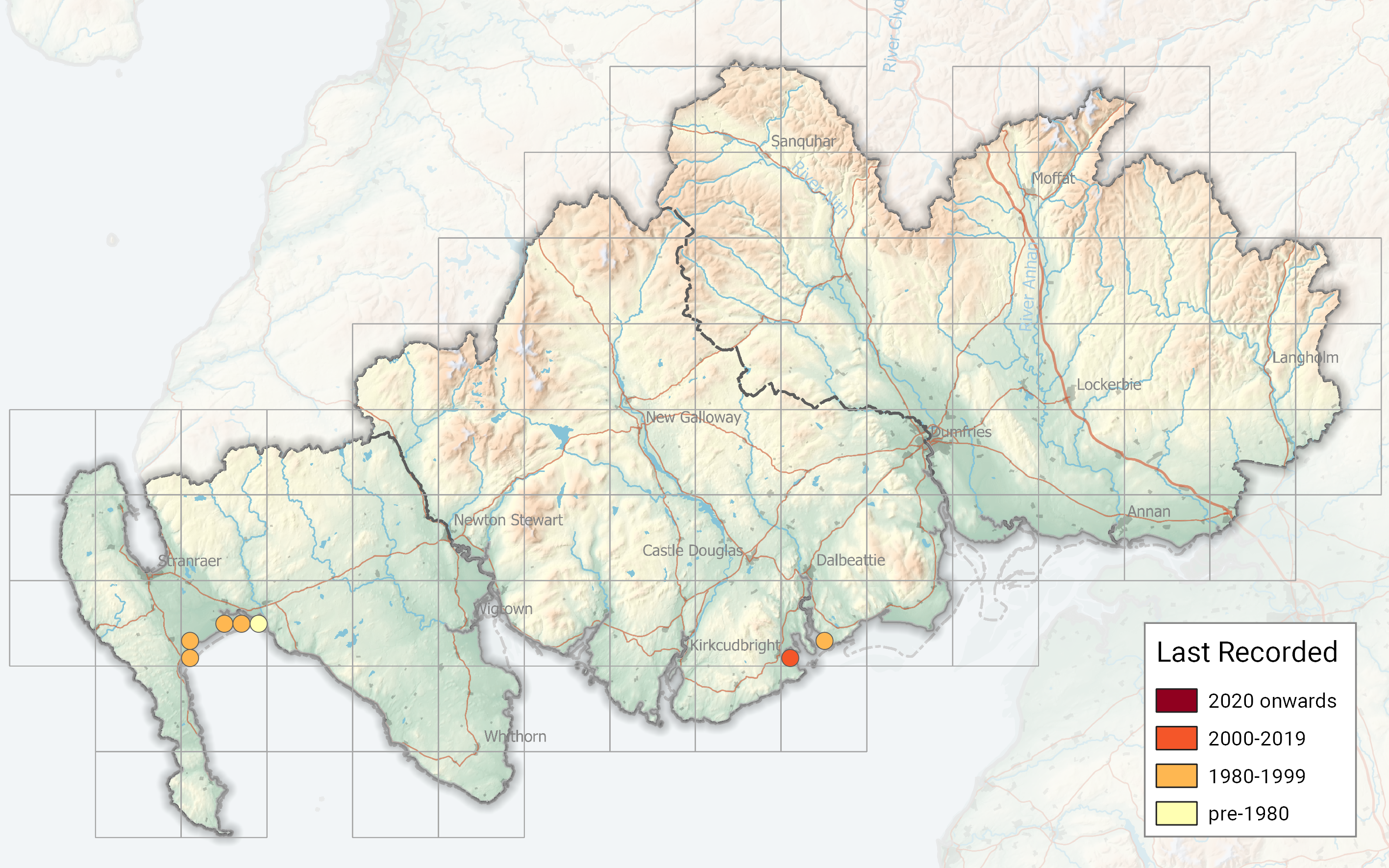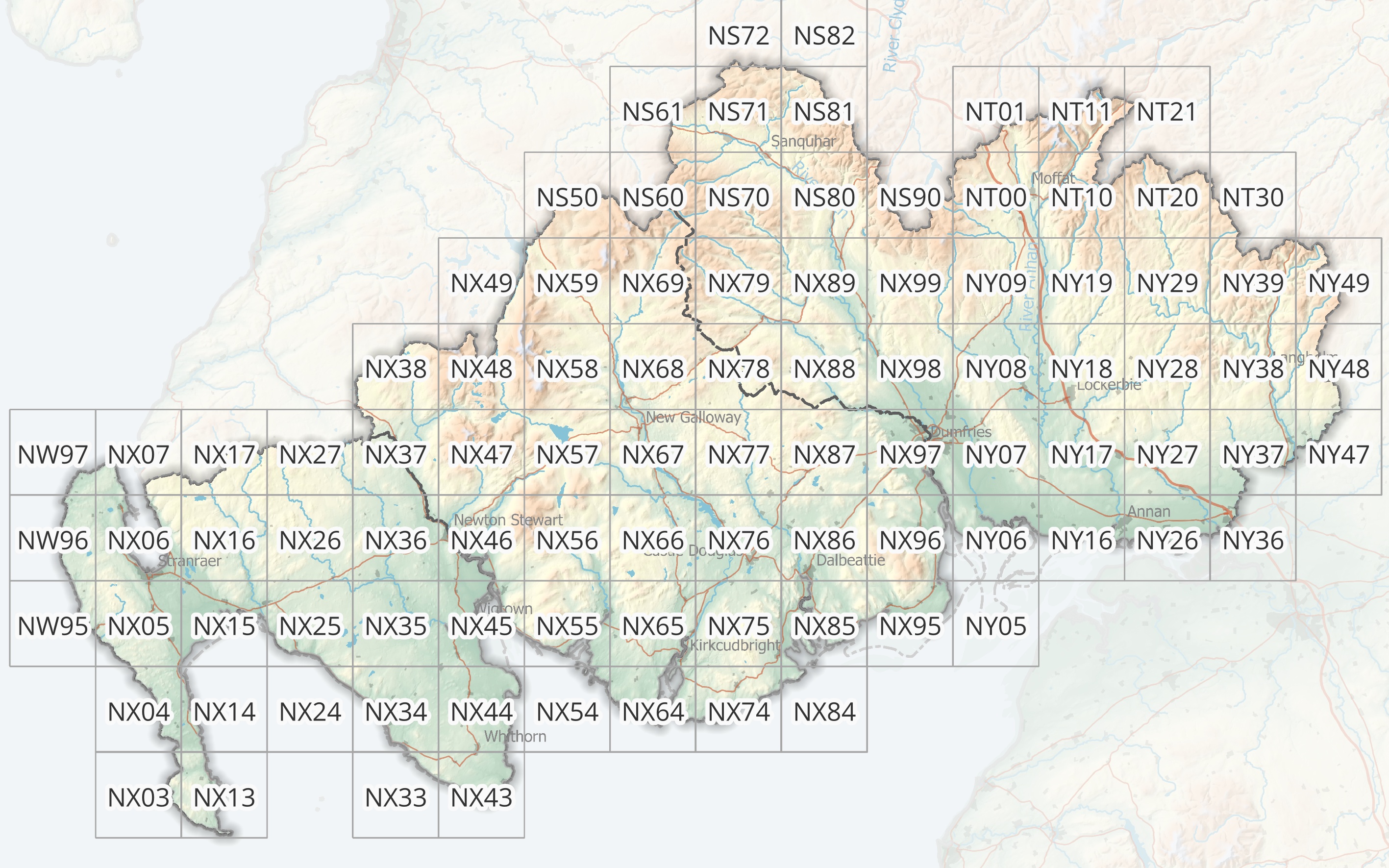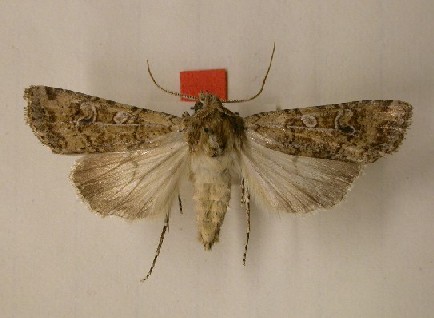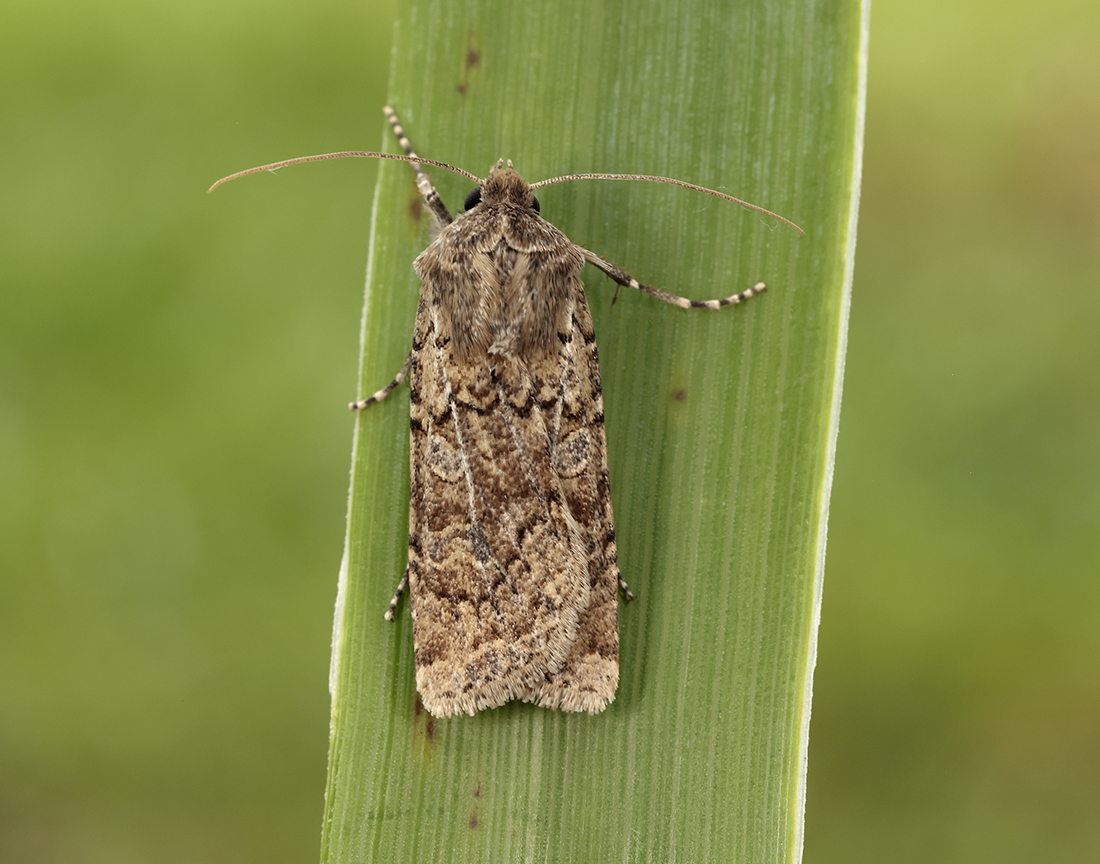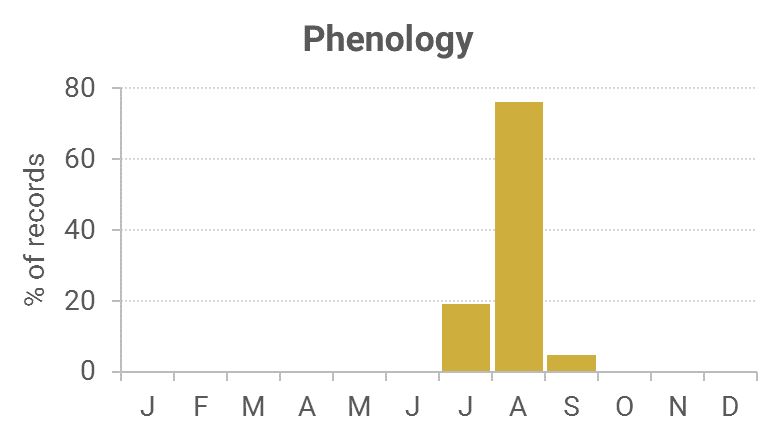Identification
Very variable and care is needed in separating from other ‘darts.’
Recording Method.
Attracted to light, also comes to sugar and flowers.
Life cycle
One generation. Probably overwinters as an egg. Larvae are present from the early spring to July, feeding at night and hiding by day amongst the foodplant, pupating quite deep in the sand.
Larval foodplants
Larvae feed on a range of plants including sea Sandwort, Sea Couch Grass, Sticky Mouse-ear and Sea Spurge.
Habitat
Sand dunes.
History
Gordon (1913) found it to be local, but not uncommon on the coast in suitable habitat. At Glenluce golf course (VC74) he found it plentiful on ragwort on 26th and 27th July 1905. Not in MOGBI. During 1983-84 Sir Arthur Duncan caught 32 specimens at Torrs Warren (VC74) that are now at the National Museums Scotland. Bernard Skinner also found it just down the road at Sandhead during a three day visit in August, 1987. During 1995 at a ranger event at Rockcliffe (VC73) it was trapped on 31st July. In 1997 on 7th August it was trapped at Torrs Warren, Wigtownshire. The last record was trapped on 4th September 2010 at Auchencairn (VC73).
